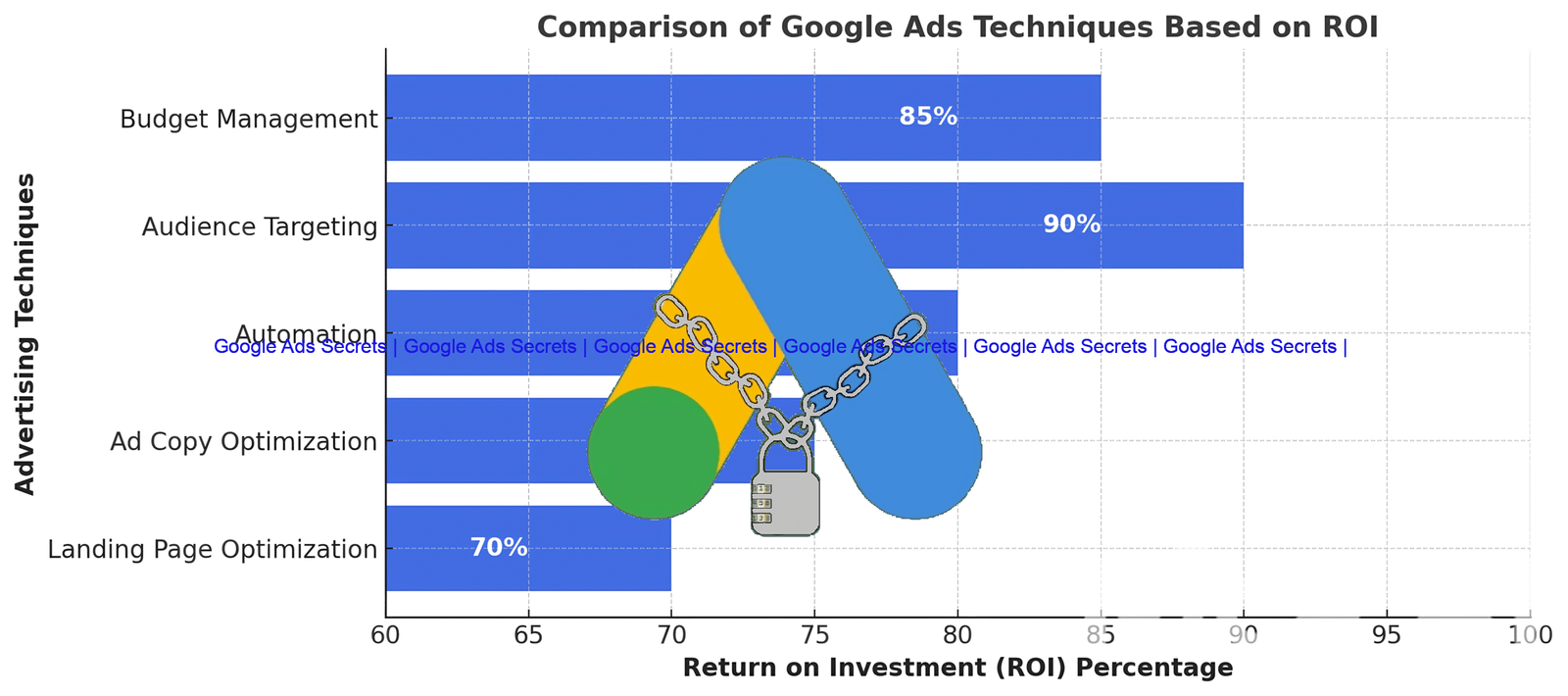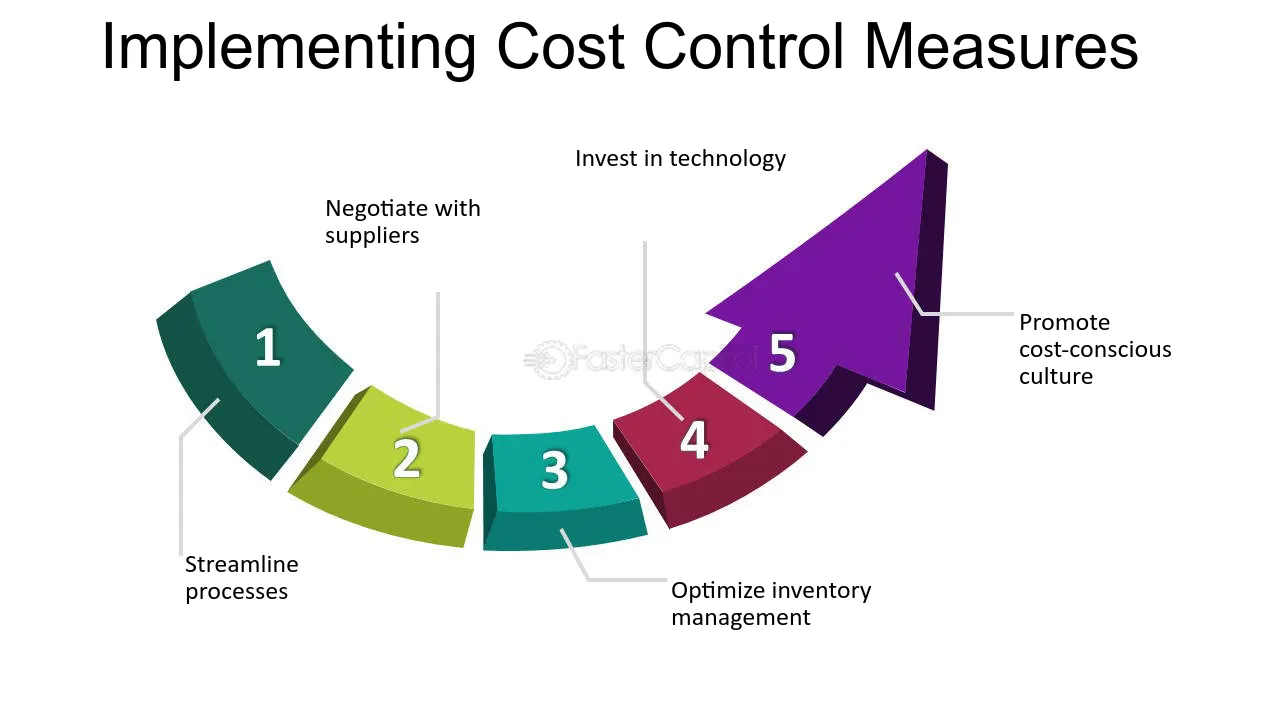Google Ads Tip #4 – When Maximize Conversions Doesn’t Make Sense!
In the evolving world of digital marketing and pay-per-click (PPC) advertising, optimizing your campaign strategies is crucial for achieving your desired return on investment (ROI). One tip that often gets overlooked is when the Maximize Conversions strategy may not be the best fit for your campaign goals. In this article, we will explore the scenarios where this approach might fall short and what alternative strategies you can employ to improve your ad performance. We will also discuss related topics such as conversion rate optimization, bid strategies, and ROI calculation, ensuring you have a comprehensive understanding of how to fine-tune your Google Ads campaigns.
Understanding the Limitations of Maximize Conversions
Maximize Conversions is designed to drive as many conversions as possible within your budget by automatically adjusting your bids. However, this strategy isn’t always ideal. For campaigns with strict cost-per-acquisition (CPA) targets or when your conversion data is not yet robust enough, the automatic bid adjustments might lead to unpredictable cost fluctuations. This could result in overspending or receiving a lower ROI. For marketers aiming for stability in ad spend, it is important to consider alternative approaches.
For more insights on adjusting bid strategies, visit our blog or check out related posts on advanced Google Ads techniques on Google Ads Secrets.
Alternative Strategies for When Maximize Conversions Falls Short
When the Maximize Conversions strategy doesn’t deliver the results you need, consider the following alternative approaches:
- Manual CPC Bidding: This strategy gives you full control over your bids, allowing you to adjust them based on performance metrics. It’s particularly useful when you want to target a specific CPA.
- Enhanced CPC (ECPC): This semi-automated approach adjusts your manual bids in real-time based on the likelihood of conversion, offering a balance between automation and control.
- Target CPA: If you have a clear idea of your ideal cost per conversion, setting a target CPA can help keep your ad spend within limits while still aiming for conversions.
Utilizing these strategies can provide you with more predictable cost management and allow you to refine your overall ad performance. Incorporating relevant conversion optimization techniques and continuously monitoring your campaigns will further improve results.
Incorporating ROI and Conversion Metrics
Understanding and calculating your ROI is key to determining which bidding strategy works best. When your campaign experiences unpredictable fluctuations under Maximize Conversions, it might be a sign to shift focus toward ROI-based metrics. Instead of solely looking at the number of conversions, delve into metrics like:
- Conversion Value: Evaluate the value of each conversion to understand overall campaign profitability.
- Cost per Conversion: Keep track of how much you’re spending on each conversion to identify inefficiencies.
- Quality Score: A higher Quality Score can lower your cost per click (CPC) and improve ad placement.
Enhancing these metrics often requires continuous testing, bid adjustments, and a focus on ad relevance. For further reading on ROI calculation and optimization, explore our comprehensive guide on Google Ads Secrets or refer to industry resources like Search Engine Journal.
Using Visual Assets to Enhance Campaign Understanding
Visual content is essential in breaking down complex strategies into digestible insights. Below is a curated list of images that illustrate key concepts related to bid strategies, ROI, and conversion optimization.

Figure 3: Visual representation of conversion metrics and trends.

Integrating Internal and External Resources
To optimize your ad performance, it is essential to leverage both internal data and external insights. Internally, utilize the Google Ads platform features, including the performance reports and keyword planners. Externally, resources such as Neil Patel and Moz offer expert advice on bid optimization and digital marketing trends.
By combining these insights with practical experience, you can better understand when the Maximize Conversions strategy isn’t the best fit for your campaign. Experimenting with different approaches like Target CPA or Enhanced CPC can give you more control over your ad spend and help stabilize conversion costs.
When to Reconsider the Maximize Conversions Strategy
Marketers should consider reassessing the Maximize Conversions strategy under several conditions:
- When conversion data is limited or inconsistent.
- When campaigns are experiencing unpredictable cost fluctuations.
- When there is a strict CPA target that the automated system fails to adhere to.
- When testing new ad creatives or landing pages that require more granular bid control.
In these scenarios, shifting your approach can lead to better performance. Continuous testing and data analysis are vital to determine the most efficient bidding strategy for your business goals.
Conclusion
While Maximize Conversions is a powerful automated bidding strategy, it is not always the best choice for every campaign. By understanding its limitations and exploring alternative bid strategies such as Manual CPC, Enhanced CPC, or Target CPA, you can ensure that your advertising budget is used more efficiently. Integrating visual insights, internal metrics, and external expert advice into your strategy will further enhance your campaign’s performance. Remember, continuous monitoring and adjustment are key to navigating the dynamic landscape of digital advertising.

Frequently Asked Questions (FAQ)
1. When should I consider switching away from Maximize Conversions?
If your campaign is experiencing erratic conversion costs, if your CPA targets are not being met, or if you have limited conversion data, it might be time to explore other bidding strategies like Manual CPC or Target CPA.
2. What are some alternative bidding strategies to Maximize Conversions?
Consider strategies such as Manual CPC, Enhanced CPC, and Target CPA. Each provides a different level of control over your bids and can be more effective depending on your campaign goals and available data.
3. How can I measure the effectiveness of a bidding strategy?
Effectiveness can be measured by monitoring key performance indicators (KPIs) such as ROI, cost per conversion, conversion value, and Quality Score. Using these metrics, you can compare the performance before and after switching strategies.
4. Are there tools to help me decide on the best bidding strategy?
Yes. In addition to the Google Ads dashboard, external tools like those offered by Moz and insights from experts such as Neil Patel can provide valuable data and recommendations.
5. What role do visual assets play in understanding campaign performance?
Visual assets, such as charts and infographics, can simplify complex data and help you quickly identify trends and areas for improvement. They are a valuable resource for both strategic planning and real-time performance monitoring.



